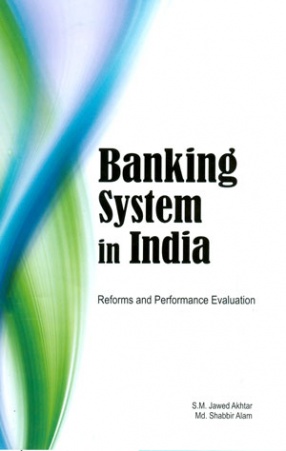Banking System in India: Reforms and Performance Evaluation
Synopsis
Prior to economic reforms initiated in early 1990s, the banking sector in India suffered from lack of competition, low capital base, inefficiency, and high intermediation costs. The banking industry - dominated by the public sector - was subject to a high degree of financial repression, characterized by administered interest rates and allocated credit. Reforms in India's commercial banking sector had two distinct phases. The first phase of reforms focused mainly on enabling and strengthening measures. The second phase of reforms placed greater emphasis on structural measures and improvement in standards of disclosure and levels of transparency in order to align India's standards with international best practices. Reforms have brought about considerable improvements, as reflected in various parameters relating to capital adequacy, asset quality, profitability, and operational efficiency. Although commercial banks still face the problem of overhang of non-performing assets, high spread, and low profitability in comparison with banks in other emerging market economies, India's reforms - which are examined in this book - have been successful in enhancing the performance of commercial banks in terms of both stability and efficiency parameters.
Read more
33.30
29.97
$
37.00 $
Free delivery Wolrdwidе in 10-18 days
Ships in 1-2 days from New Delhi
Membership for 1 Year $35.00
Get it now and save 10%
Get it now and save 10%
BECOME A MEMBER
Books by the same authors








Bibliographic information
Md Shabbir Alam